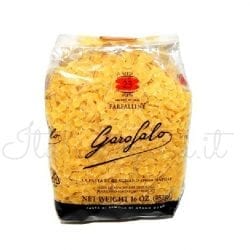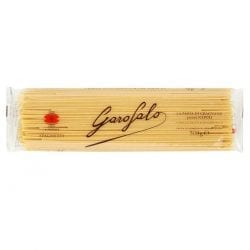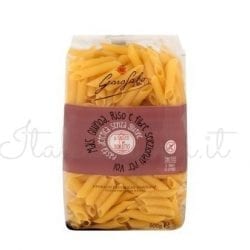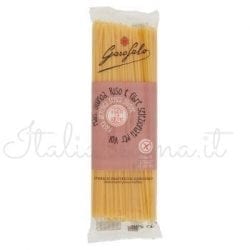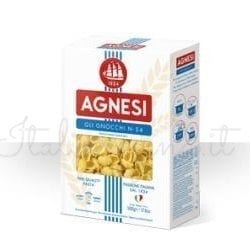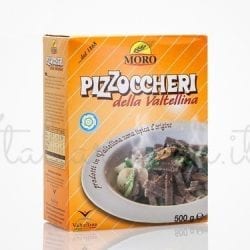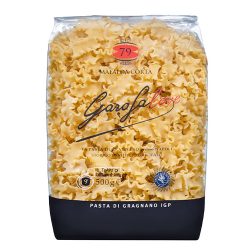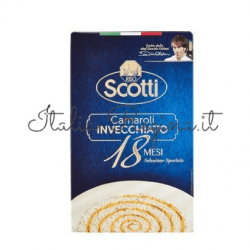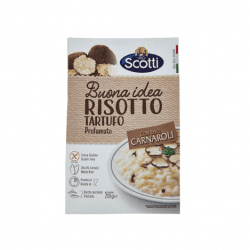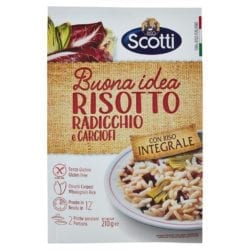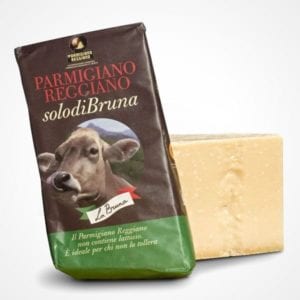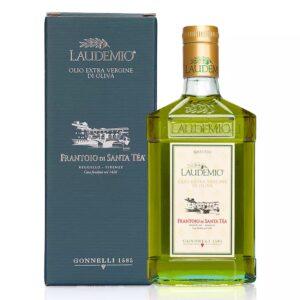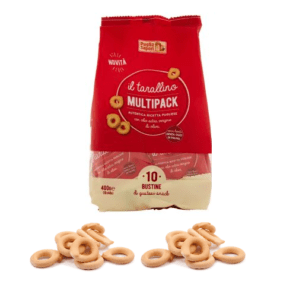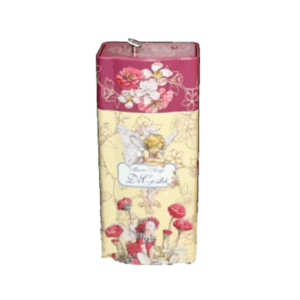 Rigatoni is a type of pasta born in Rome and belong to an all-Italian tradition this is one of the most loved and appreciated short pasta shapes from one end of Italy to the other, among the more than 300 types of pasta consumed on our tables. The term rigatone refers to the scratching of the pasta that allows you to retain sauces and condiments.
Rigatoni is a type of pasta born in Rome and belong to an all-Italian tradition this is one of the most loved and appreciated short pasta shapes from one end of Italy to the other, among the more than 300 types of pasta consumed on our tables. The term rigatone refers to the scratching of the pasta that allows you to retain sauces and condiments.
They are present on every table in many simple or more elaborate recipes, always successful.
Rigatoni enhance with their consistency both the most refined sauces and the simplest tomato sauce. With their hollow interior, they are able to imprison even the light vegetable-based condiments. Finally, their cooking resistance and their ease of retaining the sauce make them the ideal base for sumptuous and important preparations, such as timbales or classic baked pasta.
The Bronze Drawn Rigatoni
Excellence is represented by the handcrafted bronze drawn rigatoni, for a pasta format of the highest quality both for the raw materials used and for the processing. The final result is a perfect marriage between durum wheat semolina and seasoning, without forgetting that the cooking resistance is unmatched.
Bronze drawing is the process by which the mixture of semolina and water used to make dry pasta is passed by extrusion / compression through a bronze die. The drawing therefore gives shape to the pasta but also determines its length thanks to rotating knives that cut the forged dough that comes out of the matrix according to the desired length.

Rigatoni alla Gricia Origin
The rigatoni alla Gricia takes its name from the town where it originates, Grisciano, which is a small fraction of Accumuli, in the province of Rieti, on the border with the Marche, where there is only one restaurant that prepares it: it is La Vecchia Ruota, the only one, but also the best ever, where you can try a gricia original and truly unforgettable.
Grisciano was the post office along the old Roman Salaria, a crossroads of ancient routes through the passes with Abruzzo, Marche and Longobard Ducati. Its origin certainly dates back to an era prior to the discovery of America, given the absence of tomatoes. “It was probably in the period of Napoleonic conquest, from 1798 to 1814, that the use of tomato as a condiment for pasta spread along the Italian peninsula,” writes the French gastronome Grimond de la Reynière in 1807 in the Almanach des gourmandes.
Its only ingredients, in fact, are those available in the area, offered by sheep farming and breeding, easy to transport by shepherds during the transhumance, namely bacon and pecorino. And still today at the Vecchia Ruota they prepare it just like that, with the products present in the area.
Taste Italian Pasta: Buy Now!
-

Italian Pasta Farfalline – Garofalo
€1.50 -

Italian Pasta Spaghetti – Garofalo
€2.40 -

Italian Pasta Gluten Penne – Garofalo
€0.00 -

Italian Pasta Gluten Free Linguine – Garofalo
€3.00 -

Italian Pasta Gnocchi – Agnesi
€2.00 -

Italian Pizzoccheri Pasta
€2.54 -

Italian Pasta (Ricciutelle) – Agnesi
€2.00 -

Italian Rice Carnaroli 18 months aged
€11.00 -

Italian Risotto Dry Truffle
€3.50 -

Italian Risotto Dry Milanese with Saffron
€3.40 -

Italian Rice Pumpkin, Asparagus and Quinoa
€3.50 -

Italian Risotto Radicchio and Artichokes
€3.40

